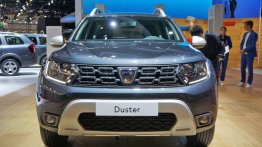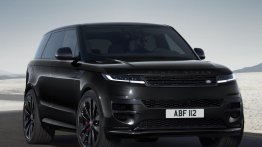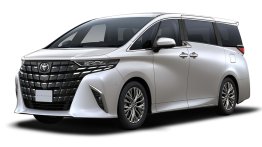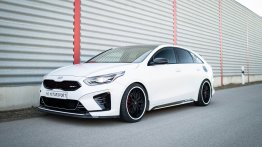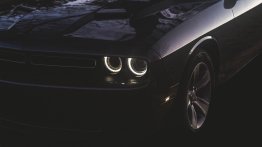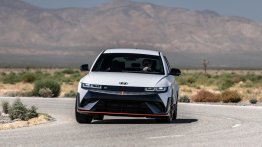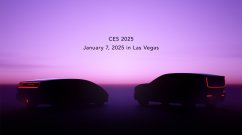The All-New Dacia Duster opens the next chapter in the story of a model that has grown into a standard-setter in its market. It is an all-round icon, encapsulating everything the Dacia brand stands for: ‘Robust and Outdoor’, ‘Essential but Cool’, and ‘Eco-Smart’. Duster was born in 2010, overhauled for the first time in 2017, and rose to the top by rewriting the SUV rulebook.
Stronger and more assertive design
Dacia has reinvented Duster’s design. It still has the striking looks that propelled the previous generations to the top – especially its solid, sturdy SUV character – but pushes them further with Dacia’s new, distinctive design.
The design team started simply, by looking at the cabin, bonnet and wings. Then they assembled them into the whole car to give the model a modern, well-built style, with deliberately taut, self-confident lines.
The simple shapes and volumes add to the design’s power, including the sharp, vertical face, chamfered wheel-arch guards, large tailgate and side windows reaching seamlessly from bow to stern.
The All-New Duster is shielded with a stylish belt wrapping all the way around it. The side underbody shields connect to the hallmarks, then to the wheel-arches, which in turn connect to the front and rear bumpers, making the All-New Duster more robust and ready for the outdoors than ever.
Enhanced all-terrain capabilities with the 4×4 version
All-New Duster is available with 4×4 Terrain Control transmission, which includes five driving settings:
- Auto: the transmission automatically distributes power between the front and rear axle according to wheel grip and speed
- Snow: optimises trajectory on slippery roads with specific ESC and anti-skid settings
- Mud / Sand: for unsteady terrain
- Off-Road: top performance on tough terrain. Very similar to the current Duster’s 4×4 Lock mode but with the added advantage of automatically and optimally distributing torque to the front and rear wheels according to grip and speed
- Eco: optimises fuel consumption by regulating air conditioning and the vehicle’s performance. It optimises distribution of torque to the front and rear axles to the maximum possible extent to limit fuel consumption while adapting to the road’s grip
New hybrid powertrains
All-New Dacia Duster HYBRID 140
This powertrain, which Dacia adopted for Jogger in early 2023, is now available with All-New Duster. It is built with technologies that Renault Group has tried and tested, and comprises a 4-cylinder, 1.6-litre, 94 hp petrol engine, two electric motors (a 49 hp powerplant and a high-voltage starter generator), and an electric automatic gearbox (with 4 engine ratios and 2 motor ratios). This combined technology is possible because the system is clutchless. The regenerative braking, the 1.2 kWh (230 V) battery’s high energy recovery capacity and the gearbox’s efficiency make it possible to drive in all-electric mode up to 80% of the time in cities, which reduces consumption by 20% (mixed cycle) to 40% (urban cycle). The engine always starts with electric power.
All-New Dacia Duster TCe 130
This is the first time Dacia has used this powertrain, which provides an initial degree of electrification. It combines a new-generation 3-cylinder, 1.2-litre turbocharged petrol engine using the Miller cycle (reduced pump losses optimise efficiency) and a 48 V mild hybrid motor. This motor aids the internal combustion engine when the car starts or accelerates, reducing average consumption and CO2 emissions by about 10% compared to an internal combustion engine with equivalent power. It also provides more power during acceleration than the existing TCe 130 model, making the vehicle more responsive and smoother to drive. The regenerative braking system charges the 0.9 kWh battery without making a noticeable difference for the driver. The TCe 130 powertrain is available with a 6-speed manual gearbox in the 4×2 and 4×4 versions.
All-New Dacia Duster TCe 100 Bi-Fuel
Dacia, the unchallenged LPG leader in Europe, is the only carmaker to provide a dual fuel (petrol and LPG) option on all its internal-combustion models, under the Bi-Fuel label. The All-New Duster comes with this built-in tried and tested technology that guarantees safety and reliability. When running on LPG, the All-New Duster TCe 100 Bi-Fuel on average releases 10% less CO2 than a comparable petrol engine. It can drive up to 1,300 km (WLTP) with its two tanks holding 100 litres between them – 50 litres of petrol and 50 litres of LPG (the latter is under the boot floor, so it does not affect cargo capacity). A button built seamlessly into the dashboard switches the engine from one fuel to the other instantly and imperceptibly.
New driver assistance systems
Cruise control/Speed limiter is now standard on all trims. Automatic low-beam headlights are available in all trims. Moreover, automatic switching between low-beam and high-beam headlights comes as standard in All-New Duster Extreme and Journey models.
New driver assistance systems, added to All-New Duster to meet the latest European safety requirements, such as automatic emergency braking (in urban and suburban areas, including detection of other cars, pedestrians, bicycles and motorbikes), traffic sign recognition and speeding alert, rear parking assist, emergency stop signal, lane departure warning, lane keep assist, driver attention alert, and emergency calls (eCall). And, to make its customers’ life easier, Dacia is adding a clever button, My Safety, for drivers to quickly configure their favourite driver assistance systems.





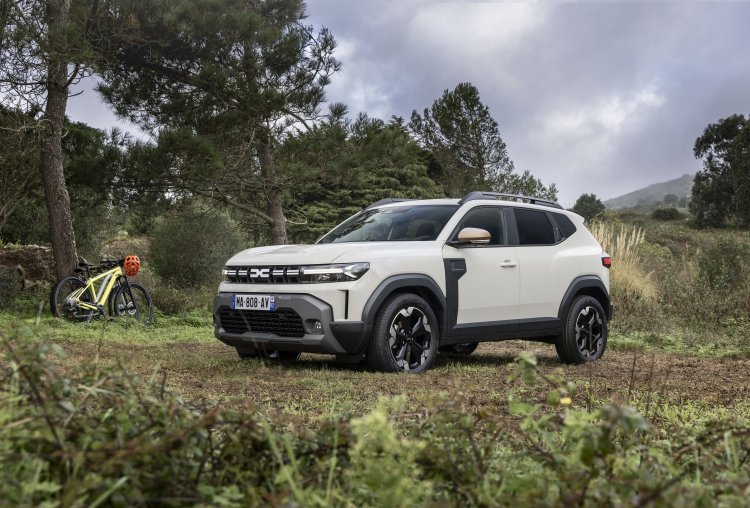
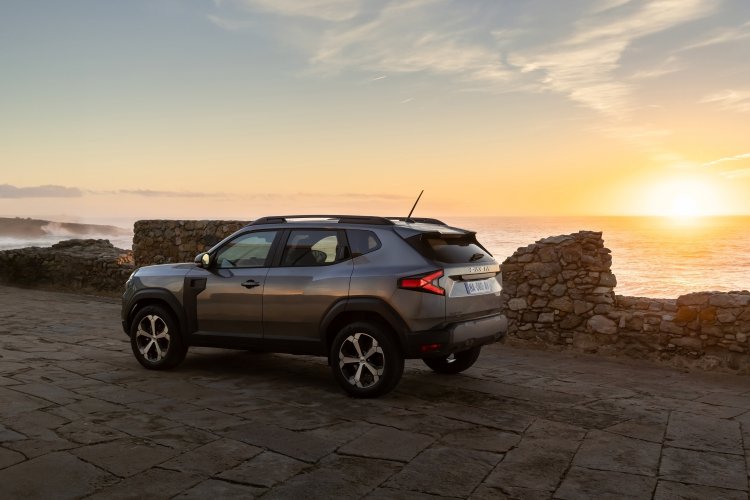

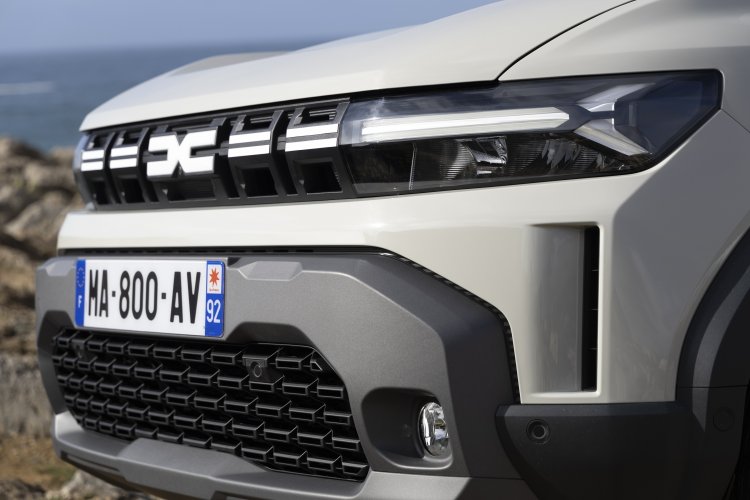
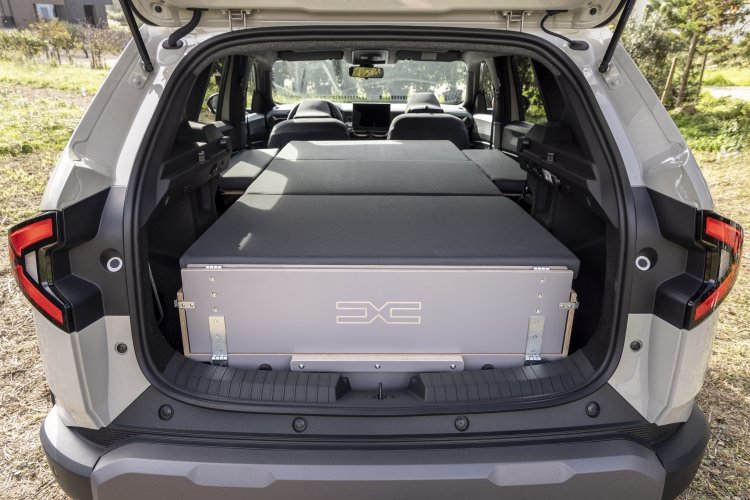

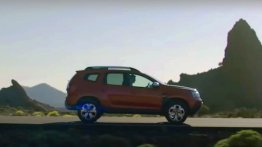
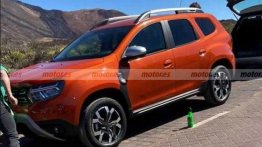
![Custom 2018 Dacia Duster single-cab pickup detailed [Video]](https://img.indianautosblog.com/crop/262x147/2018/10/24/2018-dacia-duster-pickup-2deb.jpg)
